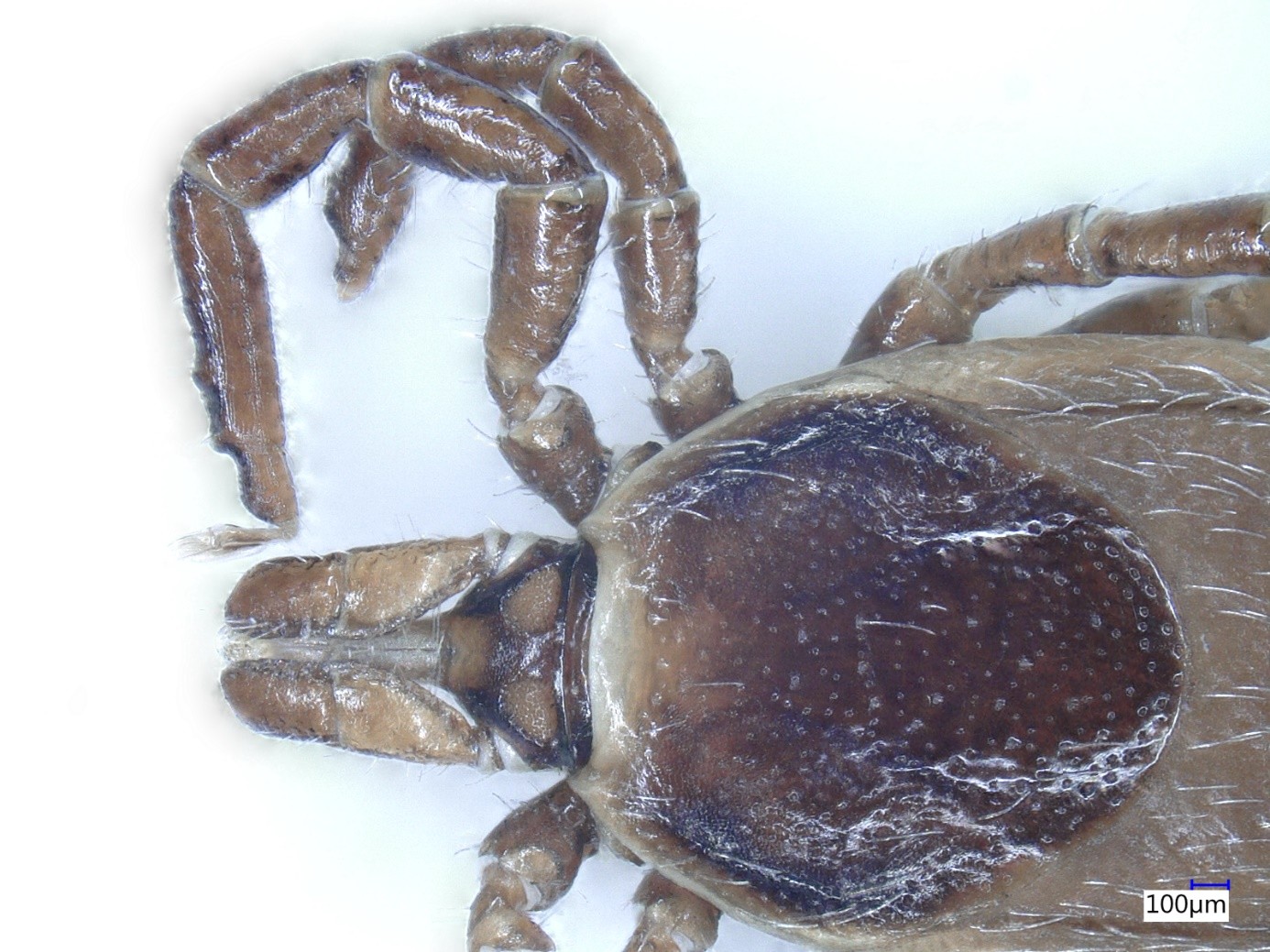CER researchers take part in international SPRING Pollination Monitoring Program
The ELKH Centre for Ecological Research (CER) is participating in the SPRING (Strengthening Pollinator Recovery through Indicators and Monitoring) monitoring program with the goal of being able to identify European pollinators more efficiently and systematically. The project, which involves the collaboration of 19 research institutes and seeks to fill gaps in our knowledge, is led by two preeminent researchers: Prof. Dr. Josef Settele from the Helmholtz Centre for Environmental Research (UFZ), and Dr. David Roy from the UK Centre for Ecology & Hydrology (UKCEH). CER will coordinate tasks in Hungary and Romania.
The role of insects is significant in terms of both ecosystems and the economy. In nearly 90 percent of wild flowering plants, the pollination process depends at least in part on animals. More than 75 percent of these plants also need pollinators to produce the high-quality seeds and high yields necessary for their survival. This is why it is vital to ensure that appropriate, well-organized information is available on European pollinating populations and the threats they face. This is the aim of the SPRING project initiated by the European Commission. As part of the project, the participants will set up an EU-wide pollination monitoring system.
Until now, despite the important role of a wide range of species in pollination, few insects other than honey bees and some species of butterflies have come to the attention of the public. At the same time, it is becoming increasingly clear that ecosystems and the economy are threatened with serious harm in the absence of pollinators, and this fact has led to growing interest both socially and politically.
"Most parties agree that we need better indicators for the state of biodiversity in Europe", says UFZ biodiversity researcher Prof. Dr. Josef Settele, Head of the UFZ Department of Conservation Biology & Social-Ecological Systems. Further, what about the biodiversity trends in different regions? Are there already ongoing losses that could lead to serious problems for food production and biodiversity conservation? So far, this can be seen in only a few, well-studied groups of plants and animals such as birds or butterflies. But this previously incomplete picture will come into focus, as SPRING helps establish an EU-wide census of pollinators.
The concept for the EU Pollinator Monitoring Scheme was developed in 2020 by an international team of experts, and the recently launched EUR 5 million SPRING project is scheduled to complete the first stage of the testing of the proposed methodologies by 2023.
"We will use the butterfly monitoring that already exists in many European countries as a blueprint for surveying pollinators", explains Professor Settele. In Germany, a citizen science project was launched in 2005 where volunteers walk specific routes during the summer months and map observed butterflies. The same principle is applied every year in many other European countries, including Hungary, to assess the presence of butterflies.
Though a similar program is not yet in place in Denmark, Greece, Latvia, Lithuania, Romania or Slovakia, with the launch of SPRING, we can expect 'butterfly hunting' to start this spring. In cooperation with local nature conservation organizations and associations, the project team will first look for volunteers and coordinators in each country, before developing or translating species-specific materials to identify the species that are present in the area.
However, Europe’s flowers are by no means pollinated only by butterflies; other groups of insects, such as bees and hoverflies, actually play a much greater role in this respect. So which insects must be recorded as a minimum in order to obtain meaningful data on the situation of pollinators? Which methods are suitable for this? What is the minimum area that needs to be examined? And what will the entire project cost? "In order to better assess all this, we will develop and test a foundation program for meaningful monitoring as part of the project", says Dr. David Roy, Head of the UKCEH Biological Record Center.
In up to 24 test areas per country, project staff will use a variety of standard methods to assess the diversity and abundance of pollinators. Similar to butterfly monitoring, volunteers will also count wild bees and hoverflies on defined routes. In tandem, the diversity of pollinators will be assessed using various insect traps. "Based on our experiences, we will develop recommendations on how the individual countries can best continue their monitoring", explains Dr. David Roy. However, for all this to work effectively – especially the mapping of pollinators – well-trained supporters and local partnerships are required.
Based on the experience of observing butterflies, the experts of the project are confident that – with a little practice – amateurs will be able to distinguish many species of pollinators. In certain cases the task is far from simple, however. In Hungary alone, for example, we can distinguish nearly 700 species of wild bees, including bumblebees. This means that not many people can confidently identify most species. To change this, the project team plans to publish online materials and trainings to help identify bees, at least at a specified group level. They also aim to develop a mobile application that can use image recognition to identify at least some insects by their species.
After completing the two-year methodological testing phase of the SPRING project, the widespread monitoring of pollinating insects is expected to go live and provide a much better overview of Europe’s pollinators. The aim of the researchers is to involve most European countries in the monitoring program in order to identify the areas that need improvement in terms of assessing and protecting the situation of pollinators.

